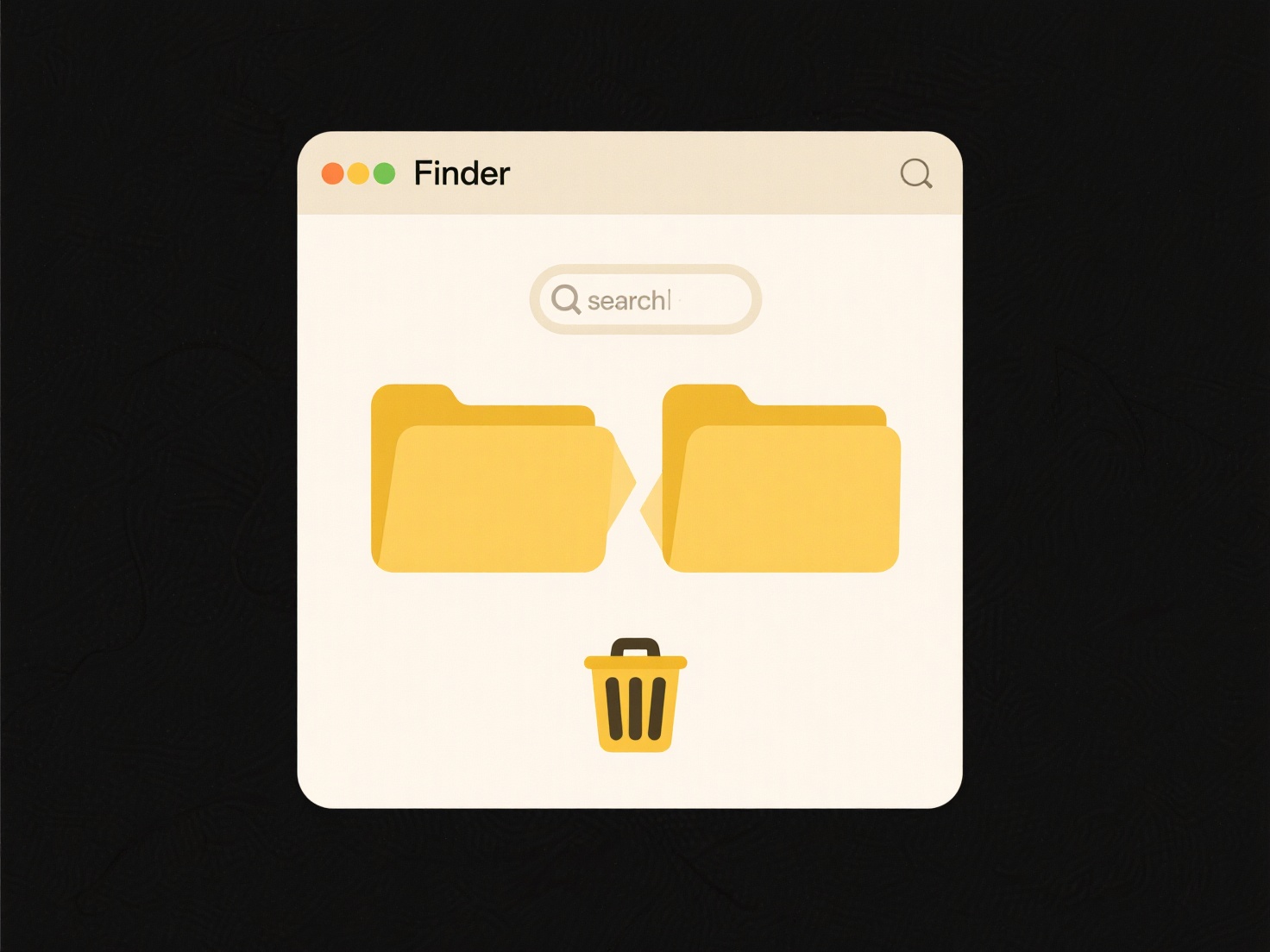
Organizing files by project means grouping all digital resources related to a specific task, goal, or initiative into dedicated folders. Instead of categorizing files solely by type (like all spreadsheets together) or creation date, this approach keeps everything pertaining to one project – documents, images, code, data, notes, communications – in one central location. It fundamentally differs from generic sorting by prioritizing the context and relationship between files over their inherent format or temporal sequence.
For instance, a software developer would create a main folder for "Mobile App - Q3 Launch," containing subfolders for "source_code," "design_mockups," "user_testing_reports," and "meeting_notes." Similarly, a marketing team might have a project folder named "Spring_Campaign_2024" with subfolders like "social_assets," "email_templates," "budget_docs," and "vendor_contracts." This structure is widely used in industries like software development, research, marketing, construction, and consulting, facilitated by tools like Dropbox, Google Drive, SharePoint, and dedicated project management platforms.

This method dramatically improves efficiency, reduces time spent searching across disparate locations, provides clear context, and minimizes the risk of losing critical files. However, it can lead to duplicated resources (like logos appearing in multiple project folders) if not managed carefully. Ensuring consistent naming conventions and folder structures across projects is crucial as the number of projects grows. Good project organization also supports ethical data handling by making it easier to manage permissions, track versions, and archive data securely when the project concludes.
How do I organize files by project?
Organizing files by project means grouping all digital resources related to a specific task, goal, or initiative into dedicated folders. Instead of categorizing files solely by type (like all spreadsheets together) or creation date, this approach keeps everything pertaining to one project – documents, images, code, data, notes, communications – in one central location. It fundamentally differs from generic sorting by prioritizing the context and relationship between files over their inherent format or temporal sequence.
For instance, a software developer would create a main folder for "Mobile App - Q3 Launch," containing subfolders for "source_code," "design_mockups," "user_testing_reports," and "meeting_notes." Similarly, a marketing team might have a project folder named "Spring_Campaign_2024" with subfolders like "social_assets," "email_templates," "budget_docs," and "vendor_contracts." This structure is widely used in industries like software development, research, marketing, construction, and consulting, facilitated by tools like Dropbox, Google Drive, SharePoint, and dedicated project management platforms.

This method dramatically improves efficiency, reduces time spent searching across disparate locations, provides clear context, and minimizes the risk of losing critical files. However, it can lead to duplicated resources (like logos appearing in multiple project folders) if not managed carefully. Ensuring consistent naming conventions and folder structures across projects is crucial as the number of projects grows. Good project organization also supports ethical data handling by making it easier to manage permissions, track versions, and archive data securely when the project concludes.
Quick Article Links
How do I organize bug reports and logs?
Bug reports detail specific software issues, while logs record system activities; organizing both together creates trace...
Why does the file keep asking to update format or content?
Files frequently prompt for updates when transitioning between applications or versions due to inherent compatibility di...
Can I visualize duplicates in a folder tree?
Visualizing duplicates in a folder tree means identifying and displaying files with identical content (true duplicates) ...